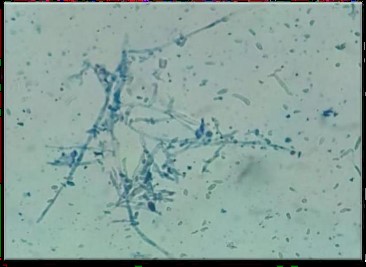Fungal Flora Associated with Capsicum Annum and Their Impact on Plant Vigor
Keywords:
Fungal Characterization, Chlorophyll Contents, Frequency, Endophytic Fungi, Capsicum Health, Leaf Microbial Community (LMC)Abstract
Chilli is among the world’s most popular vegetables, belonging to the family Solanaceae. Fungi are eukaryotic microorganisms that are found almost everywhere and are associated with plants and the rhizosphere. Some fungal flora associated with Capsicum annuum affect the plant's health, whereas others do not cause any visible symptoms. In this research, fungal flora was isolated from various parts of Capsicum annuum plants, including the stem, root, fruit, leaves, and soil. Furthermore, morphological characterization was performed to confirm the fungal species associated with Capsicum annum. Aspergillus niger, Aspergillus fumigatus, Aspergillus flavus, Aspergillus terreus, Aspergillus paraciticus, Colletotrichum sp, and Alternaria alternata were isolated and characterized in this study. However, the density of the fungal flora varied across different parts of the chilli plants and in the rhizospheric soil. Furthermore, the impact of the phyllosphere microbial populations on plant health, specifically chlorophyll content, was assessed under sterilized conditions. It was observed that total chlorophyll content was higher in the presence of a microbial community as compared to its absence. The presence of these fungi collectively affected the chlorophyll contents and showed a direct proportional relationship with fungal flora.


















